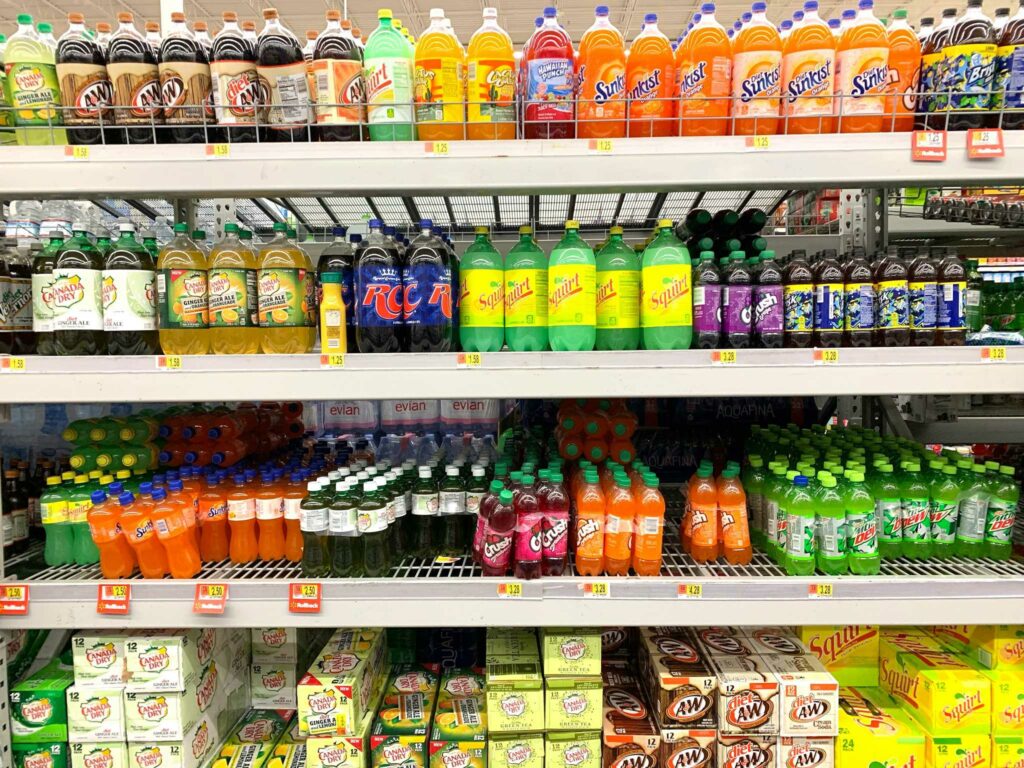There’s a high probability that if you’ve recently done your in-person shopping at a drugstore, grocery store, or big-box retailer, the experience has changed.
First, fewer cashiers will likely be working the registers; many stores have switched from in-person checkouts to autonomous checkouts, with varying degrees of success.
However, more than just the checkout process has been redesigned.
You’ve likely noticed fewer staff members scattered across the store. Retailers have faced a plague of employee turnover over the past few years; it has become more difficult to persuade people to come to work for shrinking salaries and an increasingly harsh work environment where difficult customers, longer hours, and retail theft are all more common.

Still, this might not deter the bold and committed customers. Perhaps you still make the same routine shopping trips you always did. Yet, you may have certainly observed that a significant portion of the merchandise is secured by plexiglass barriers when you try to load your basket with body wash, shave gel, paper towels, vitamins, and other necessities.
It’s true that these barriers work to deter theft. They might be a little too successful, though, according to a recent study.
Retailers are still having difficulties resolving the issue of theft
It’s been a source of frustration for years. On conference calls with investors, CEO after CEO will speak about the decline in inventory. They’ll typically outline how severe it has gotten, how widespread it is in particular cities, and the steps they’re taking to reduce earnings loss.
Examples of retailers that have been particularly badly hit by in-store theft include Target and Walmart, which have been closing locations across the US.
In certain stores, Target has gone so far as to implement an over-18 policy that requires children to be accompanied by adults to be admitted. The Minneapolis-based company has also changed its self-checkout procedure, which is notorious for its theft vulnerability, limiting the number of items allowed for self-checkout to 10.
However, the most commonly adopted approach by stores has been to simply lock away valuable items, often behind transparent plexiglass barriers that require an employee’s key to open. This procedure works well against shoplifters who take items without anyone noticing. However, it’s a laborious and time-consuming process for the honest buyer.
Products that are locked up are generating problems
This particularly applies to delivery drivers. Individuals who work for services such as Instacart are typically incentivized to complete their assignments in a hurry, and waiting for an associate to obtain a key to open a customer’s preferred shampoo takes up valuable time.

Delivery drivers have stated publicly that they will deliberately steer clear of specific retailers who have a reputation for locking up goods in order to prevent any issues. Walmart and Walgreens (WBA) were two of those businesses in particular.
Delivery drivers have stated publicly that they will deliberately avoid specific retailers who have a reputation for locking up goods in order to prevent any issues. Walmart and Walgreens were two of those businesses in particular.
“I won’t be hanging around to retrieve your item if it’s locked in a case because f— y–. Who’s with me here?” someone wrote in the Instacart subreddit.
“I placed a small order that included about ten products. The customer had some shaving cream on the list, and the store had it behind a glass case, requiring someone with a key to get it,” another person wrote.
“My choice was to find someone who worked there who could unlock the case or refund it. I refunded it, don’t get paid enough to work that hard. Sorry customer.”
Even if the approach might seem extreme, drivers clarified that, in the case of many delivery businesses, time truly is money, and waiting too long can be costly.
One driver told Business Insider, “We make money per order, not per hour, so every second counts for us.”
This becomes very problematic when a driver is asked to deliver perishable groceries. The longer a frozen or refrigerated item thaws out, the lower the tip is likely to be.
Regarding a recent Walmart purchase that contained cosmetics and perishable goods, one driver commented, “I ended up ripping the cardboard off the packaging and taking it off the hook.” The driver claimed that after waiting for help for a few minutes and no one arrived, they decided to handle things themselves.
Walmart and Walgreens representatives have stated that the stores decide whether to lock up inventory in response to patterns of stealing; certain locations are more frequently targeted than others and are handled differently.
(Tashia Bernardus)
